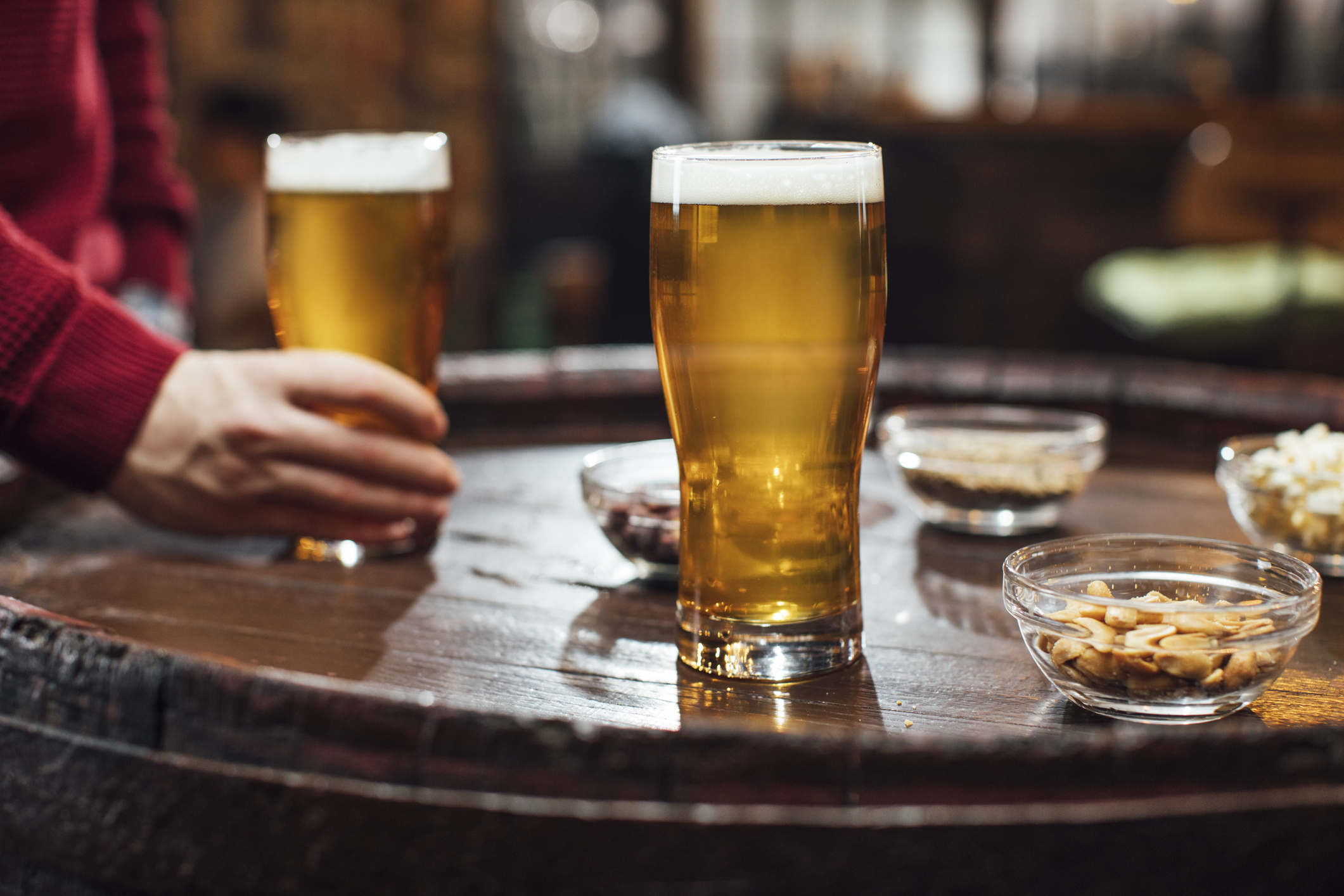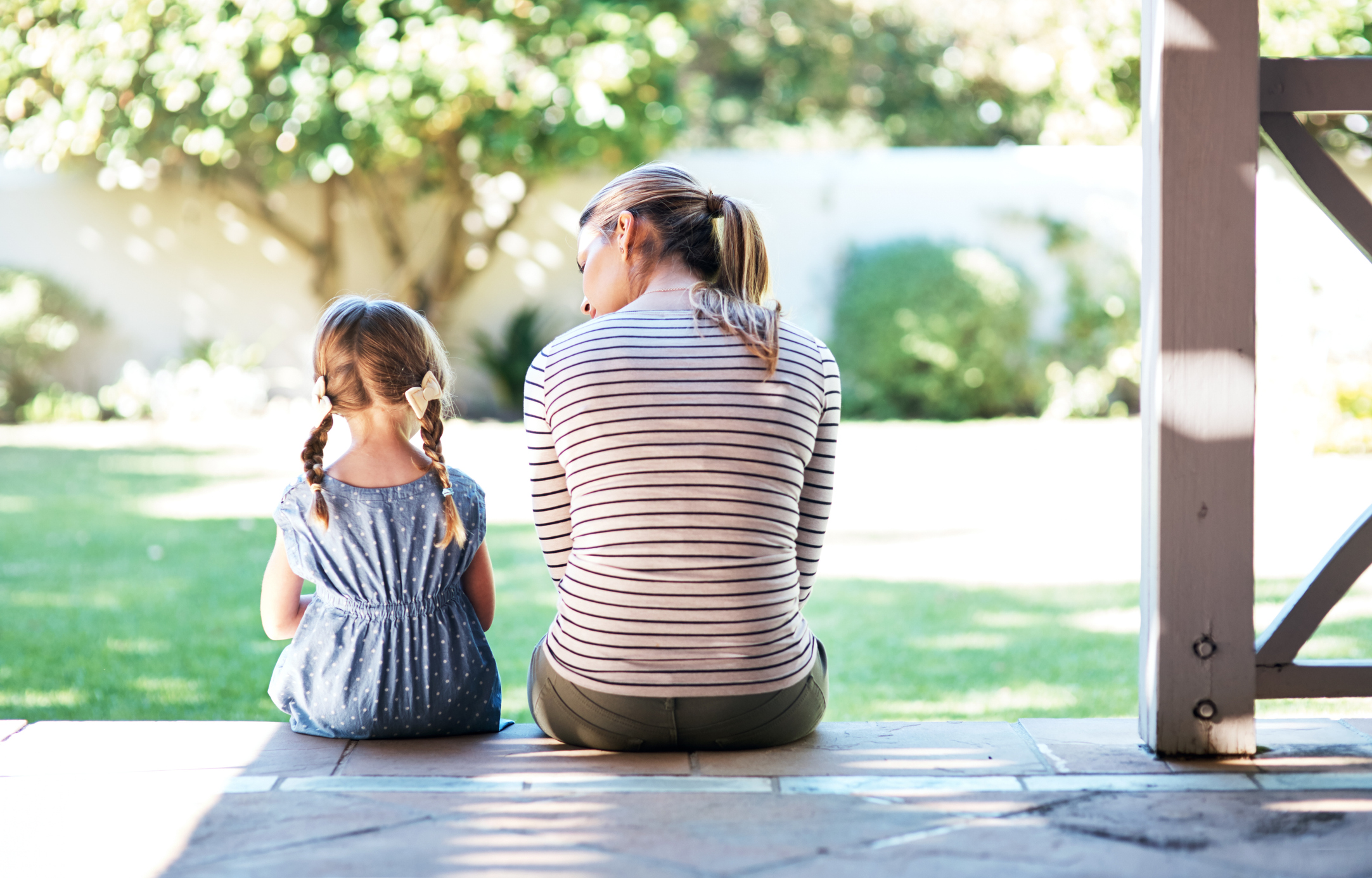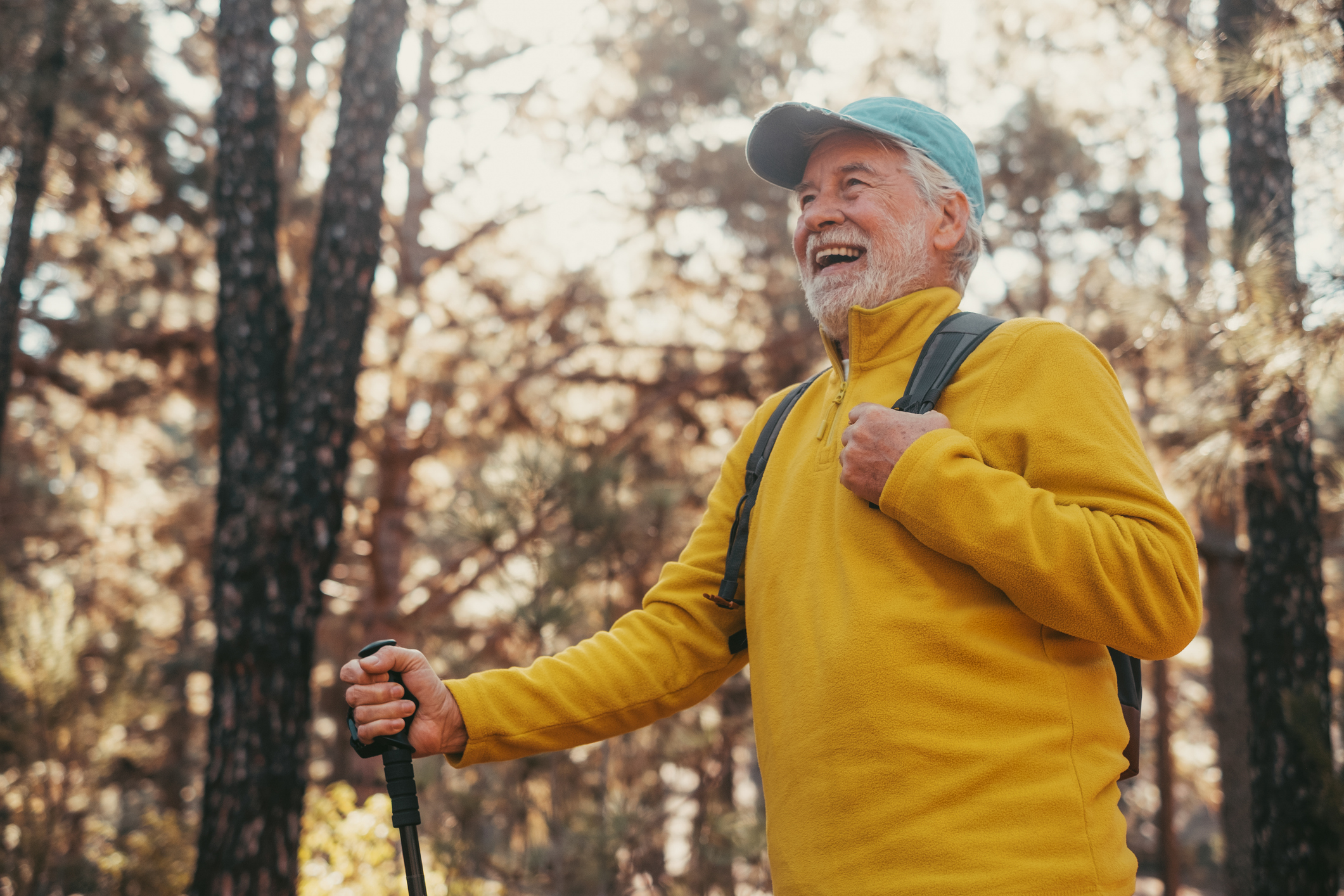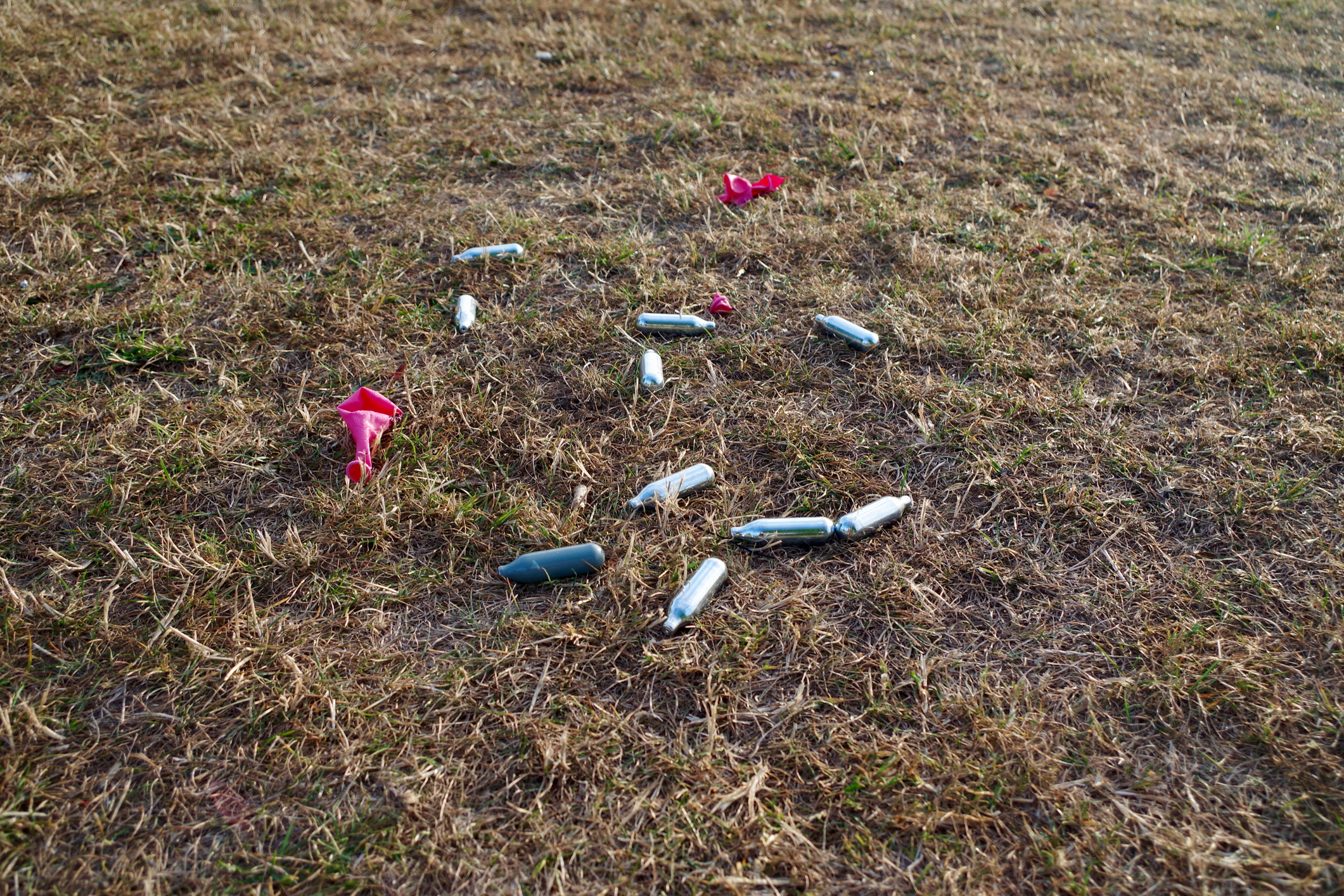Addiction is the opposite of connection. Those in recovery understand that connection and community are the pillars of sobriety. The COVID-19 pandemic and social distancing guidelines now present considerable barriers to this sense of connection and community.
Many believe social distancing forces people to stay in their homes and disconnect from their social networks. But is this disconnection just a matter of perception?
To answer this question, we must examine the language of “social distancing.” The Centers for Disease Control and Prevention coined the term in 2007, when a set of laws and guidelines were created to stop the spread of diseases like influenza, and now, COVID-19. One of these measures encouraged people to put physical distance between themselves and others to reduce their likelihood of contracting infectious diseases.
What the CDC did not realize was the implications this language could hold for a highly socialized society. Social distancing can be interpreted as an order to disconnect from social and community circles, which can have devastating repercussions for those in recovery.
The language of social distancing puts a perceived barrier between the recovering person and their social network. For people overcoming addiction, social connection is the most important aspect of a successful recovery.
Maintenance of sobriety is tied to creating a network of social supports and fellowship through groups such as 12 Step, Refuge Recovery, SMART Recovery, and others. Many in the sober community depend on the social connection formed in these groups to cope with adversity and learn from others who have experienced similar challenges.
Reality is influenced by and communicated through language. In order to be inclusive and attentive to the needs of vulnerable populations, we must create a new reality starting with our words. This language must reflect the true intention behind the term “social distancing,” which requires us to put physical distance between one another to prevent needless loss of life. We can instead say “physical distancing,” which does not imply a disconnection from social networks. It is also easier to understand and to digest than “social distancing.”
With advances in technology, we are never truly alone. Social media and connectivity outlets such as Instagram, Facebook, Snapchat, Zoom, FaceTime, and others help people around the world communicate and bond with each other in a matter of seconds.
This new way of life is thrusting the recovery community into a new era of “sober networking.” People are adapting to this change in social norms with the development of virtual recovery and 12 Step meetings, family support groups, and teletherapy. Virtual communication arguably improves access to support services for those who are feeling isolated.
The COVID-19 pandemic has forced our society to acclimate to a new way of life. With rapid change comes the need for rapid adaptation. Those in recovery must understand that social distancing doesn’t doom them to relapse and isolation. It simply means that we must keep physical distance between ourselves to prevent the spread of disease.
There are resources available to those in need of social connection in recovery, and there are people willing to help. Practice physical distancing and remain connected to your recovery networks!
Want to stay connected to the recovery community? Visit our Virtual Offerings page for information on upcoming virtual events including workouts, meditation sessions, and game nights.
If you or a loved one is struggling with addiction, Mountainside can help.
Click here or call (888) 833-4676 to speak with one of our addiction treatment experts.

 By
By 







